Indian Temples
1. Venkateswara Temple – Tirupati, Andhra Pradesh
- Deity: Lord Venkateswara (a form of Vishnu)
- Specialty: Devotees often donate large Indian Temples sums; known for “laddu” prasadam.

2. Kashi Vishwanath Temple – Varanasi, Uttar Pradesh
- Deity: Lord Shiva
- Significance: One of the twelve Jyotirlingas;Indian Temples situated on the banks of the Ganges.
- Specialty: Believed to be a place where salvation (moksha) is granted.

3. Meenakshi Amman Temple – Madurai, Tamil Nadu
- Deity: Goddess Meenakshi (Parvati) andIndian Temples Lord Sundareswarar (Shiva)
- Significance: A masterpiece of Dravidian architecture.
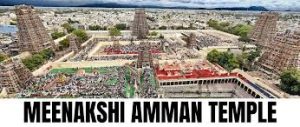
4. Jagannath Temple – Puri, Odisha
- Deity: Lord Jagannath (a form of Krishna)Indian Temples
- Significance: Part of the Char Dham pilgrimage.
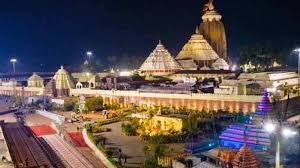
5. Kedarnath Temple – Uttarakhand
- Deity: Lord Shiva.
- Specialty: Located at a high altitude Indian Temples with stunning mountainous surroundings.
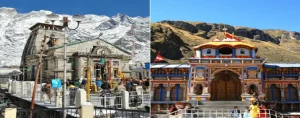
6. Somnath Temple – Gujarat
- Deity: Lord Shiva
- Significance: First among the twelve Jyotirlingas.
- Specialty: Rebuilt several times after Indian Temples invasions; symbol of resilience.
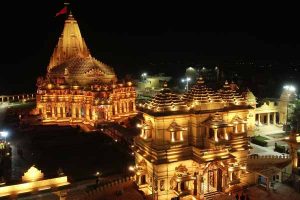
7. Golden Temple (Harmandir Sahib) – Amritsar, Punjab
- Deity: Sikh place of worship (Guru Granth Sahib)
- Significance: Holiest shrine in Sikhism.
The oldest temple in India that is still in existence and used for worship Indian Temples is widely considered to be the
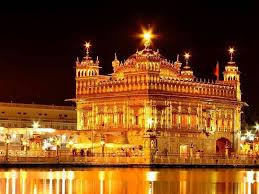
Mundeshwari Temple
📍 Location: Kaimur District, Bihar
🕉️ Deity: Lord Shiva and Goddess Shakti (in the form of Devi Durga)
📅 Estimated Age: Dates back to 108 CE (2nd century CE)
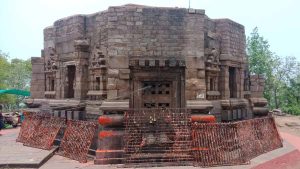
Why Mundeshwari Temple is Special:
- Recognized by the Archaeological Survey of India (ASI) as the oldest functional Hindu temple.
- Built in the Nagari architectural style, made of stone.
- Worship has been continuously practiced here for nearly 2000 years.
- It is dedicated to both Shiva (as a linga) and Shakti, which is relatively rare.
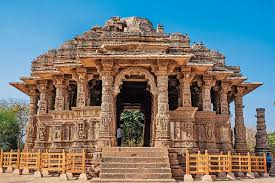
Other Ancient Temples (Honorable Mentions):
- Shore Temple, Mahabalipuram, Tamil Nadu – 7th century, one of the earliest structural temples in South India.
Lingaraj Temple, Bhubaneswar, Odisha – 11th century, but believed to be older in origins.
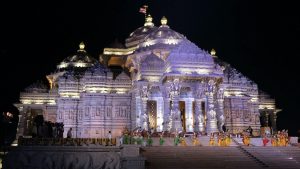
🏯 Talles Temple Tower (Gopuram)
- Ranganathaswamy Temple, Srirangam, Tamil Nadu
- Gopuram Height: 239 feet (73 m)
- It has the Indian Temples tallest temple tower (gopuram) in India.
- It’s a Dravidian-style temple dedicated to Lord Vishnu.
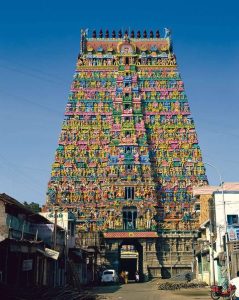
🛕 Tallest Temple Structure (including modern)
- Vrindavan Chandrodaya Mandir, Vrindavan, Uttar Pradesh (under construction)
- Planned Height: 700 feet (213 m
- Dedicated to Lord Krishna.
✅ Current Tallest Completed Temple in India
- Ranganathaswamy Temple, Srirangam, is considered the Indian Temples tallest completed traditional temple in terms of gopuram height.

-
Why Padmanabhaswamy Temple is the richest:
- In 2011, secret underground vaults (known as Vault A to F) within the temple were opened under a Indian Temples Supreme Court order.
- One vault (Vault A) revealed a massive treasure estimated to be worth over ₹1 lakh crore (about $20 billion at the time), including:
- Gold ornaments
- Golden idols
- Antique jewelry
- Diamonds and other precious stones
- Golden coins from various parts of the world

Ongoing Mystery:
- Some believe it may hold even greater treasures.
Other Wealthy Temples in India:
- Tirumala Venkateswara Temple, Tirupati, Andhra Pradesh
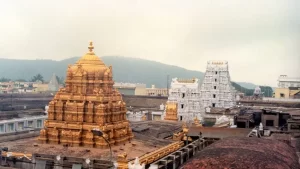
- Shirdi Sai Baba Temple, Maharashtra
- Vaishno Devi Temple, Jammu & Kashmir
- Siddhivinayak Temple, Mumbai, Maharashtra
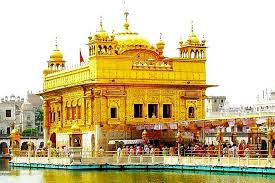
- Golden Temple (Harmandir Sahib), Amritsar, Punjab
But none surpass the Padmanabhaswamy Temple in Indian Temples estimated wealth.
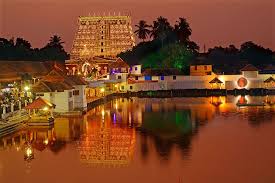
The “4 temples of India” usually refers to the Char Dham, a group of four sacred pilgrimage sites that hold immense spiritual significance in Hinduism. Visiting all four is believed Indian Temples to help achieve moksha (liberation from the cycle of rebirth).
The Char Dham Temples:
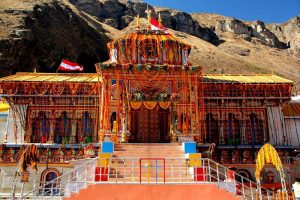
- Badrinath (North)
- Location: Uttarakhand
- Deity: Lord Vishnu (as Badrinarayan)
- Dwarka (West)
- Location: Gujarat
- Deity: Lord Krishna (as Dwarkadhish)
- Significance: Believed to be Krishna’s kingdom.
- Puri (East)
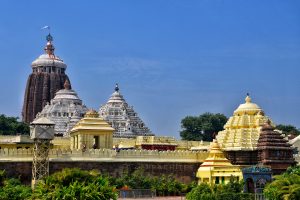
- Location: Odisha
- Deity: Lord Jagannath (a form of Krishna)
- Significance: Famous for the annual Rath Yatra (chariot festival).
- Rameswaram (South)
- Location: Tamil Nadu
- Deity: Lord Shiva (as Ramanathaswamy)
- Significance: Associated with Lord Rama’s journey to Lanka.
These four temples span the four cardinal directions of India, forming a sacred geographical circuit for Hindu pilgrims.
